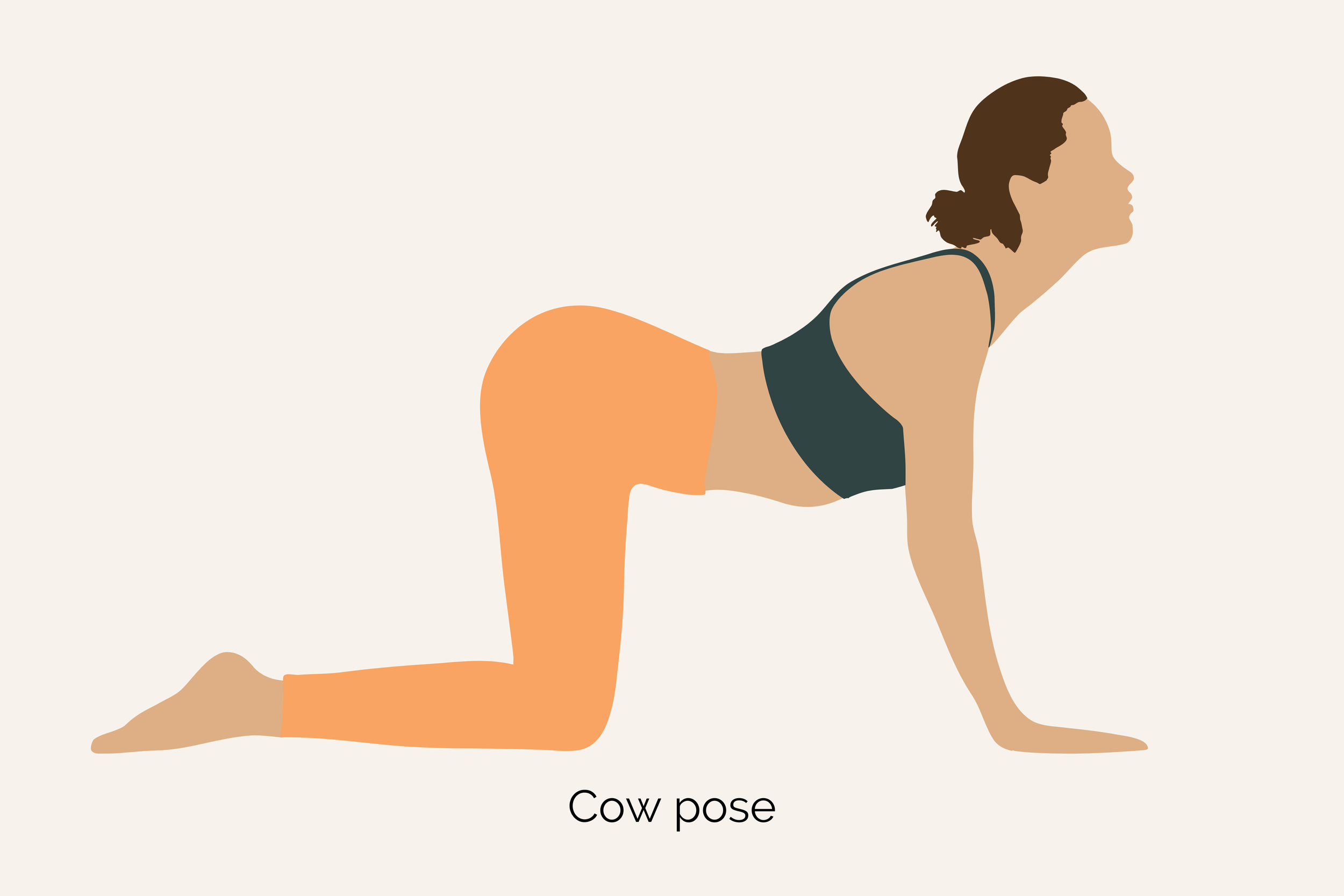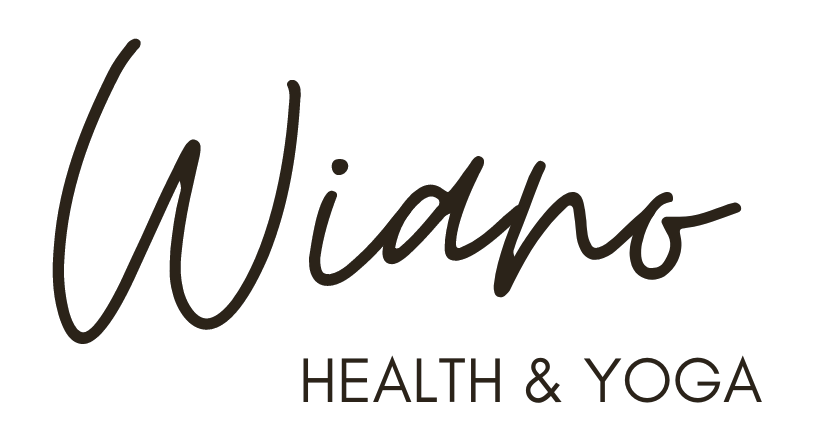5 yoga poses for lower back pain
There are several common everyday habits that can contribute to lower back pain, including sitting for long periods of time, poor posture, lifting heavy objects incorrectly, sleeping on an unsupportive mattress etc. Here are a few yoga asanas that bring motion and stretch to the lower back, which may help to relieve the pain.
Of course, it's important to note that the effectiveness of yoga for lower back pain may vary depending on the individual's specific condition and the severity of their pain. Additionally, it's always a good idea to consult with a healthcare professional before starting any new exercise program, including yoga, especially if you have a pre-existing condition or injury.
1 Child's pose (Balasana): This asana stretches the muscles of the lower back and hips, which can relieve tension and pain.
Start on your hands and knees in a tabletop position, with your wrists directly under your shoulders and your knees directly under your hips. Bring your big toes together and separate your knees as wide as your hips. As you exhale, lower your hips back toward your heels. Extend your arms out in front of you, with your palms facing down. You can rest your forehead on the mat or a block to help release tension in your neck. Hold the pose for a few deep breaths, allowing your body to relax and sink into the stretch. To come out of the pose, inhale and slowly lift your head and torso back up to a tabletop position.
If your forehead does not touch the ground, you can place a block or folded towel under your forehead for support. If you have knee pain, you can place a folded blanket or towel between your calves and thighs.
2. Cat-cow stretch (Marjaryasana-Bitilasana): This asana involves moving the spine from a rounded position to an arched position. This can help loosen up the muscles of the lower back and improve flexibility.
Start on your hands and knees in a tabletop position, with your wrists directly under your shoulders and your knees directly under your hips. As you inhale, lift your tailbone up toward the ceiling, arch your back, and bring your head up toward the sky. This is the cow pose (Bitilasana). As you exhale, round your spine, tuck your chin to your chest, and tuck your tailbone under. This is the cat pose (Marjaryasana).
Continue moving between the cow and cat poses, inhaling as you arch your back and exhaling as you round your spine. Move slowly and mindfully, focusing on the stretch and movement of your spine. Repeat for several breaths or as long as feels comfortable. If you have wrist pain, you can use fists or come down onto your forearms.
3. Downward-facing dog (Adho Mukha Svanasana): This asana stretches the hamstrings, calves, and lower back muscles. It also helps to lengthen the spine and relieve tension in the lower back.
Start on your hands and knees in a tabletop position, with your wrists directly under your shoulders and your knees directly under your hips. As you exhale, lift your hips up and back, straightening your arms and legs to come into an inverted "V" shape. Spread your fingers wide and press your palms into the ground, engaging your arm muscles. Press your heels down toward the ground to stretch your calves and hamstrings. Relax your head and neck, allowing them to hang down between your arms.
Hold the pose for several deep breaths, focusing on the stretch in your legs and spine. To come out of the pose, exhale and lower your knees to the ground.
If you have shoulder pain, you can take a wider stance with your arms, placing your hands slightly wider than your shoulders. If you have tight hamstrings, you can bend your knees slightly to relieve tension.
4. Cobra pose (Bhujangasana): This is a gentle asana that strengthens the muscles of the back and improves posture.
Start by lying flat on your stomach, with your legs extended behind you and your hands resting on the ground beside your shoulders. As you inhale, press your palms into the ground and lift your head and chest up off the ground, using the strength of your back muscles. Keep your elbows close to your sides and your shoulders relaxed away from your ears. Gently arch your spine, bringing your gaze up toward the sky or ceiling. Hold the pose for several deep breaths, focusing on the stretch in your back. To come out of the pose, exhale and slowly lower your chest and head back down to the ground.
5. Pigeon pose (Eka Pada Rajakapotasana): This asana stretches the hip flexors, glutes, and lower back muscles. It can also help release tension in the muscles of the lower back.
Begin again in a tabletop position on your hands and knees. Bring your right knee forward and place it behind your right wrist, with your right ankle in front of your left hip. Extend your left leg behind you, keeping your toes tucked under and your knee on the ground. As you inhale, lengthen your spine and lift your chest up. As you exhale, fold forward over your right leg, resting your forearms on the ground in front of you.
Hold the pose for several deep breaths, focusing on the stretch in your hips and lower back. To come out of the pose, slowly lift your torso back up, tuck your left toes under, and come back to a tabletop position. Repeat on the other side, bringing your left knee forward and extending your right leg behind you.
Modifications: If you have knee pain, you can place a folded blanket or towel under your right hip for extra cushioning. If you have tight hips, you can place a block or bolster under your forehead or chest to help you relax into the pose. If you have neck or shoulder pain, you can keep your hands on the ground beside your hips instead of folding forward.
Remember to move slowly and mindfully into the pose, and listen to your body. If you experience any pain or discomfort, come out of the pose and modify as needed.






